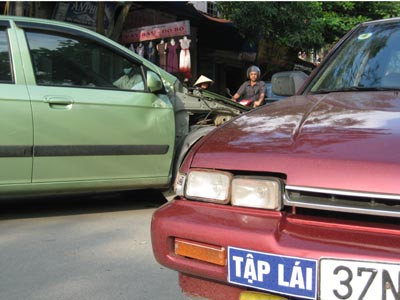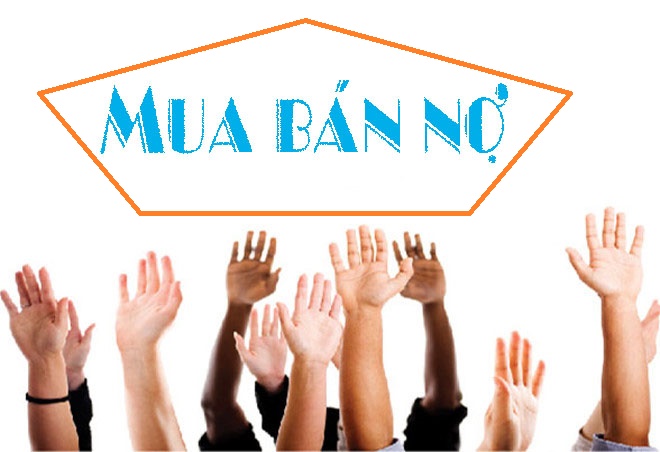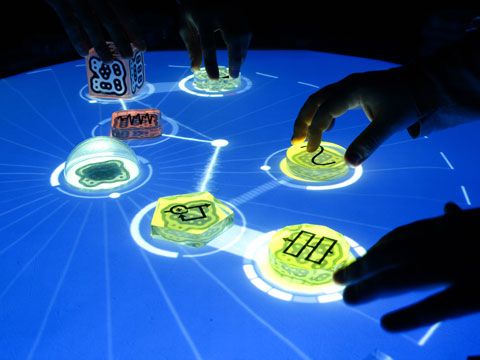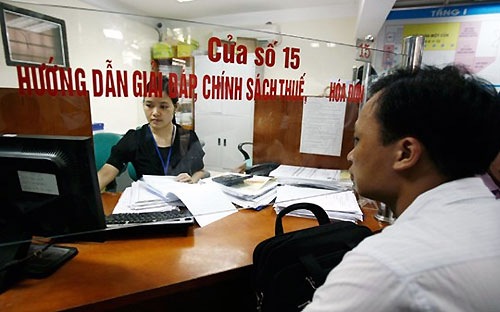What does the list of technology restricted from transferring under the law in Vietnam include? - Cong Viet (Da Nang, Vietnam)

List of technology restricted from transferring under the law in Vietnam (Internet image)
1. What is technology transfer?
According to Clause 7 Article 2 of the Law on Technology Transfer 2017, technology transfer refers to the transfer of the ownership or the right to use a given technology from the party that has the right to transfer such technology to the transferee.
In which, technology transfer includes:
- Domestic technology transfer refers to the transfer of technology which is made within the territory of Vietnam.
- Transfer of technology from foreign countries to Vietnam refers to the transfer of a given technology across border to Vietnam.
- Transfer of technology from Vietnam to foreign countries refers to the transfer of a given technology which is developed within the territory of Vietnam across border to a foreign country.
(Clause 8, 9 and 10, Article 2 of the Law on Technology Transfer 2017)
2. The list of technology restricted from transferring in Vietnam
The list of technology restricted from transferring in Vietnam is specified in Appendix II issued together with Decree 76/2018/ND-CP, specifically as follows:
* Technology transferred from abroad to Vietnam and within the territory of Vietnam
- Production technology of incandescent lamps in inert gas.
- Production technology of vacuum electronic components, low-level integrated semiconductor components.
- Production technology of 1-layer and 2-layer printed circuits.
- Digital terrestrial television technology, satellite digital television is not compatible with DVB standards; analog television technology.
- Technology of manufacturing, designing information system - signal by relay.
- Technology for enriching radioactive substances meets national technical standards and regulations.
- Technology of steel production by induction furnace, transfer furnace, electric arc furnace with a small furnace capacity of less than 70 tons/batch.
- Steelmaking technology with intermittent rolling line.
- Thermal power technology using oil and coal.
- Technology to clean the hull with Nix beads.
- Production technology of industrial explosives.
- Production technology of building materials using chrysotile.
- Technology for producing ceramic tiles with a capacity of less than 3 million m2/year.
- Technology of producing clay bricks fired by tunnel kilns using fossil fuels.
- The production technology of float glass has the following fuel and energy consumption: FO oil is greater than 160 kg/ton of product; DO oil is more than 0.5 kg/ton of product; electricity is more than 100 KWh/ton of product.
- Production technology generates persistent organic pollutants (POPs).
- Conventional chemical fertilizer production technology with a capacity of less than 1,000 tons/year.
- Isomerization technology uses hydrofluoric acid, sulfuric acid as a catalyst.
- Technology for using toxic chemicals in farming, growing, processing and preserving agricultural and aquatic products to meet national technical standards and regulations.
- Production technology of preservatives for forest products containing toxic arsenic (arsenic).
- Production technology of household disinfectants, insecticides, and rat poisons by biological methods that are toxic to humans and the environment.
- Technology using invasive non-native species of unknown origin, characteristics including animals, plants and microorganisms in the field of environmental protection, plant protection and other fields. other area.
- Technology to breed plants and animals by genetic modification in agriculture, forestry and fishery production.
- Technology of using genetically modified seeds.
- Production technology of plant varieties infected with harmful organisms (pests, diseases) severely.
- Technology for producing particleboard, fiberboard by wet method/capacity of less than 100,000 m3/year.
- Technology for producing wood jewelry materials, preserving forest products containing sulfur or residues of high volatile organic compounds.
- Technology for growing, producing and processing food and seafood using food preservatives and growth stimulants has not been allowed to be used.
- Open fishmeal processing technology does not pollute the environment.
- Technology of printing and minting money; production technology of money printing paper, money printing ink.
- Film coating printing technology uses toxic chemicals to meet national technical standards and regulations.
- Technology and machinery for film production and projection made of 35 mm plastic.
- Technology to recycle used lubricants by heat treatment, adsorption and/or solvents.
- Technology restricted from transferring under international treaties to which Vietnam is a contracting party.
* Technology transferred from Vietnam to abroad
- Technology of seed production, rearing and planting of key export agricultural, forestry and aquatic products.
- Technology of production, multiplication and cultivation of rare and precious plant and animal varieties on the list of rare and precious species restricted from export.
- Seed production technology, indigenous biological objects with precious genetic resources, which have the potential to develop into national products, and endangered and endangered native organisms that need to be protected.
- Technology of food production in traditional industries using rare and precious strains of microorganisms.
- Technology for processing agricultural, aquatic and pharmaceutical products of Vietnam with high brand and added value
- Technology restricted from transferring under international treaties to which Vietnam is a contracting party.
Thanh Rin
- Key word:
- technology transfer in Vietnam
 Article table of contents
Article table of contents









.Medium.png)
.Medium.png)
.Medium.png)
.Medium.png)
